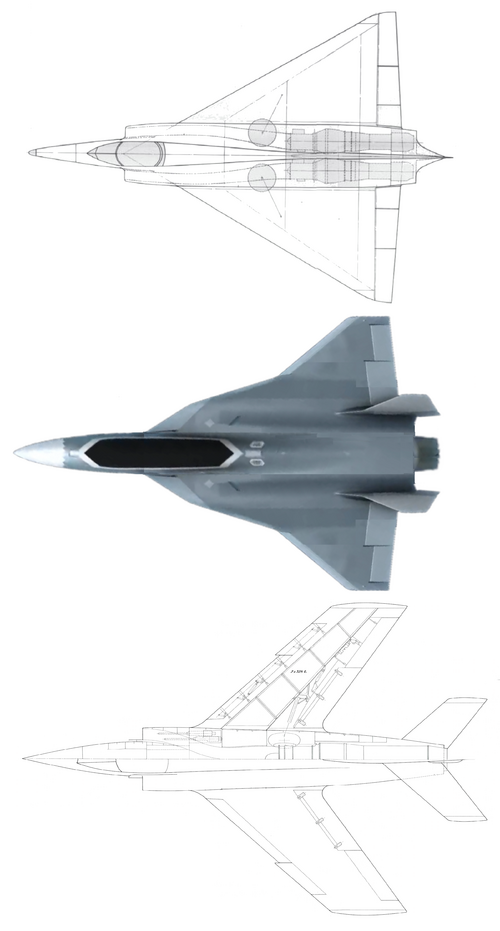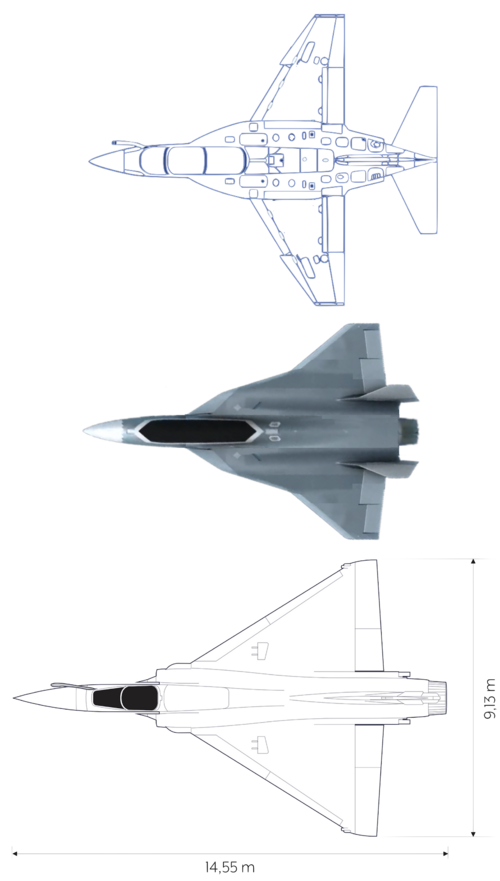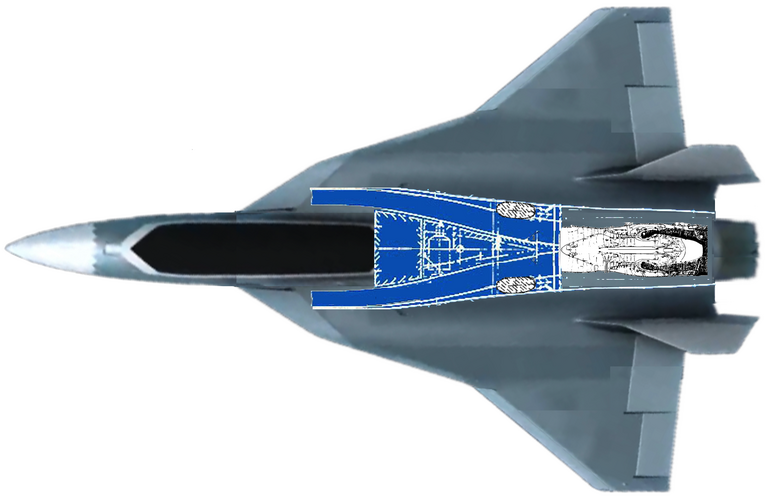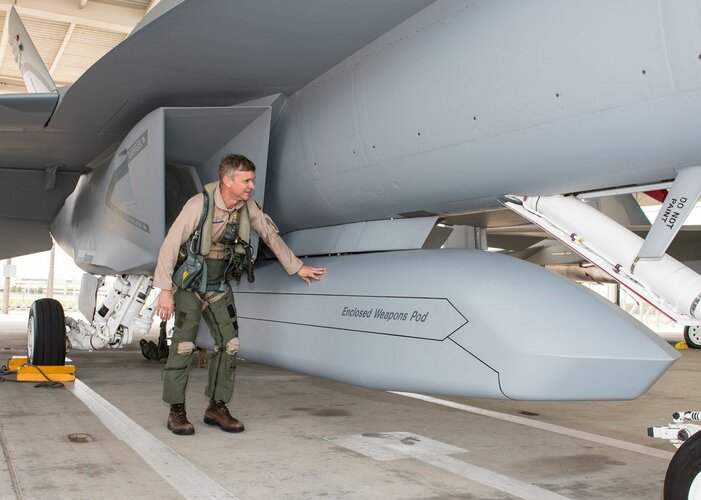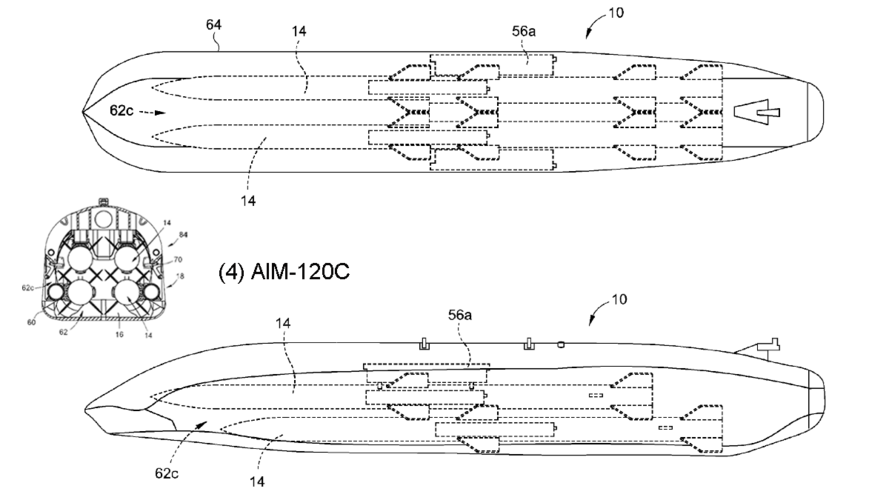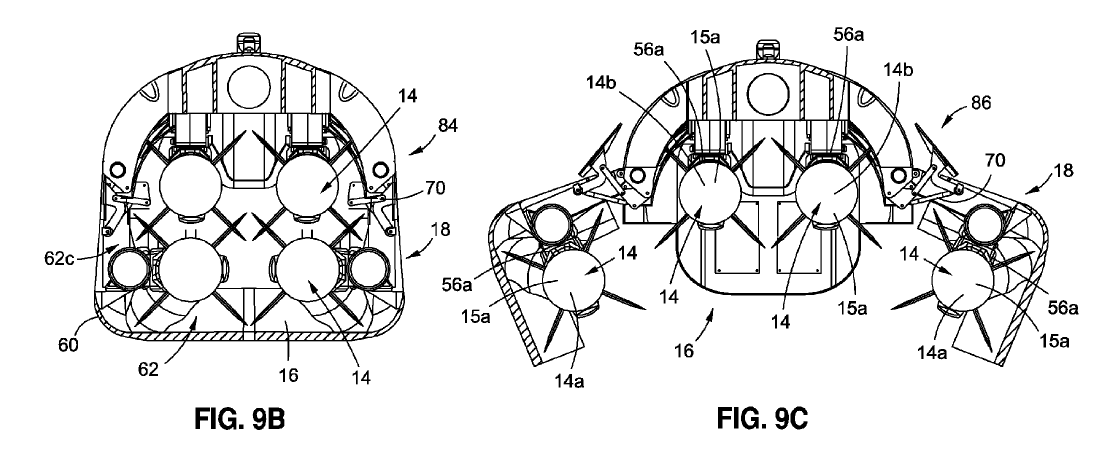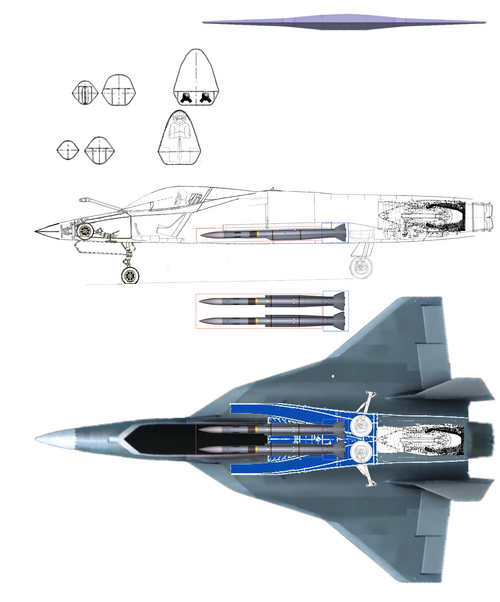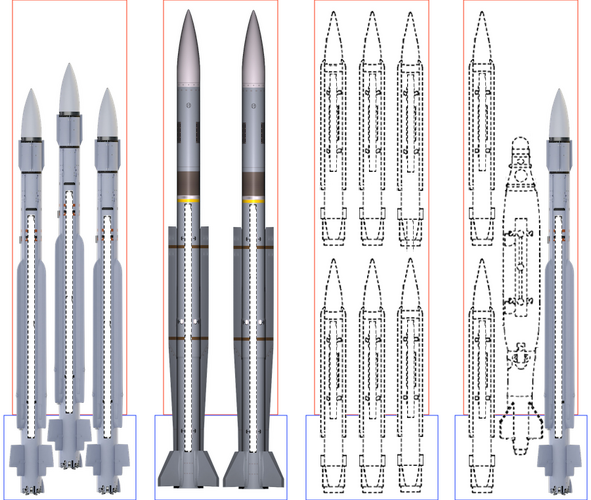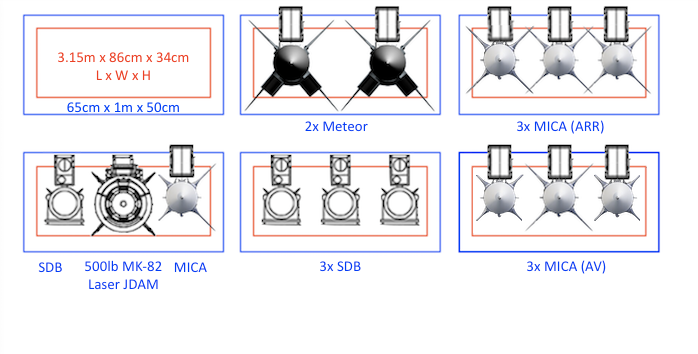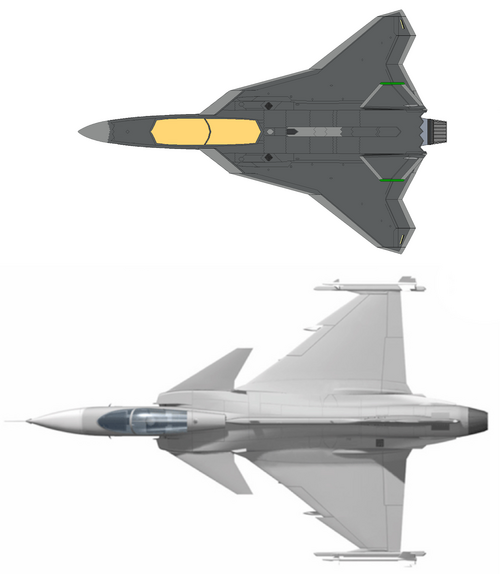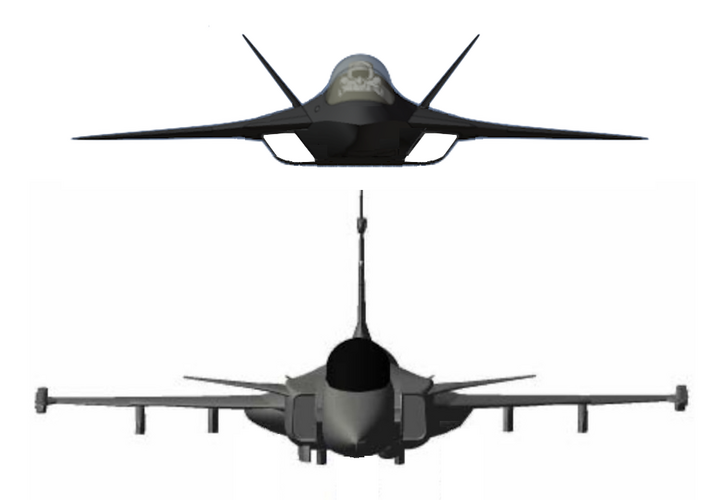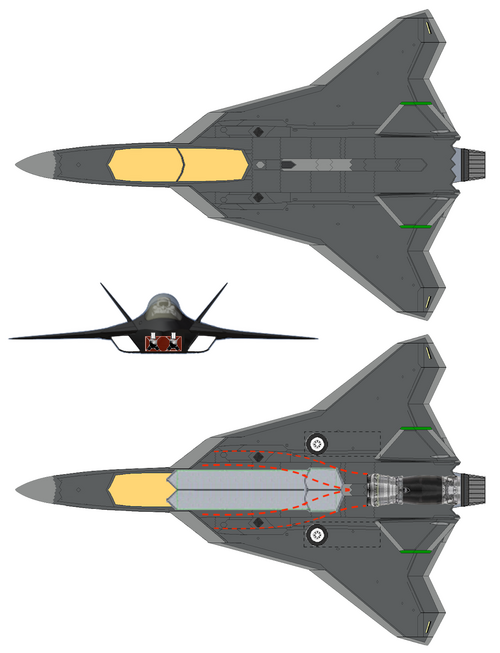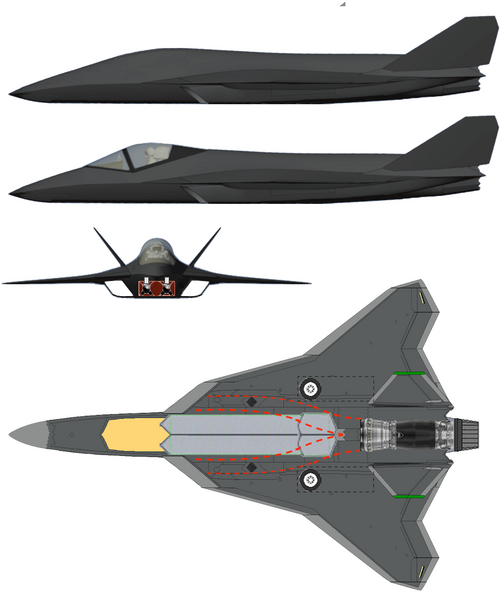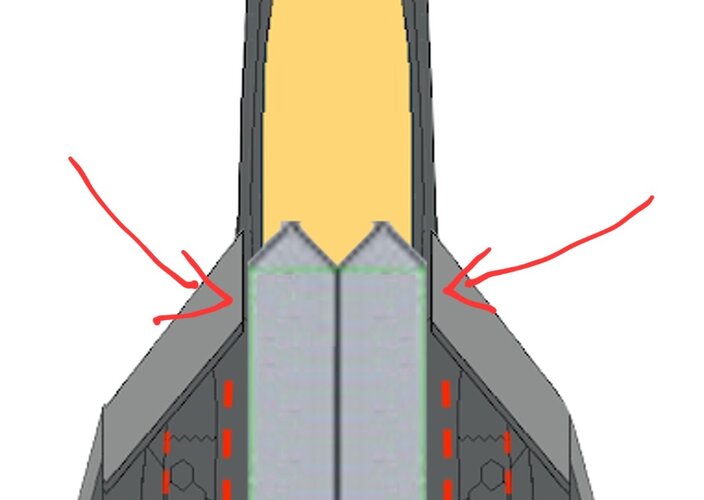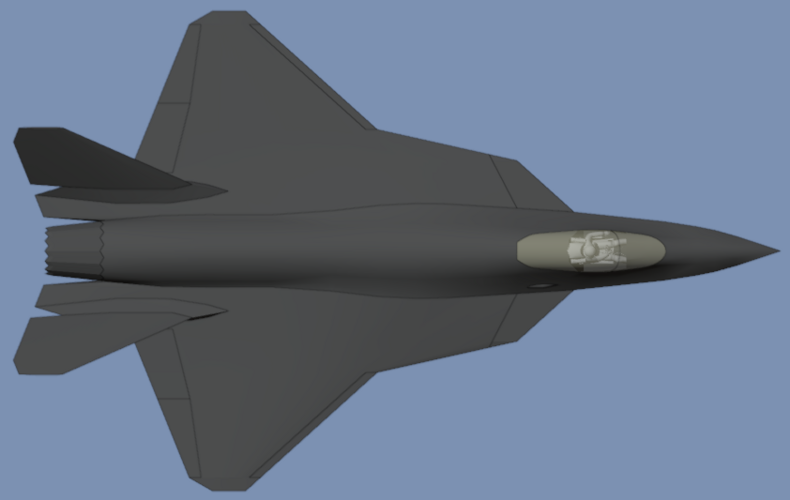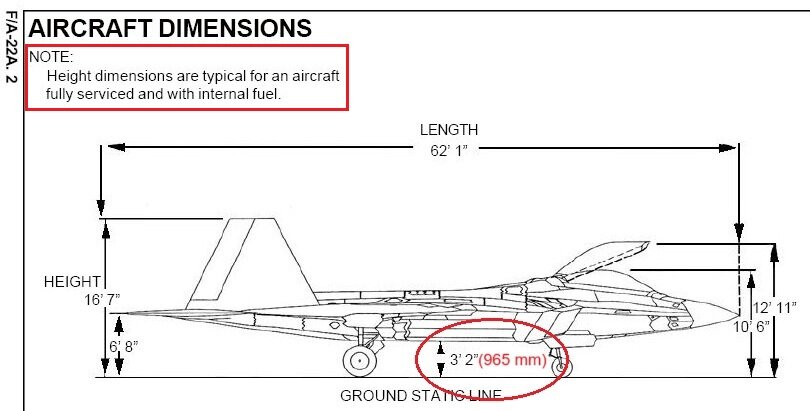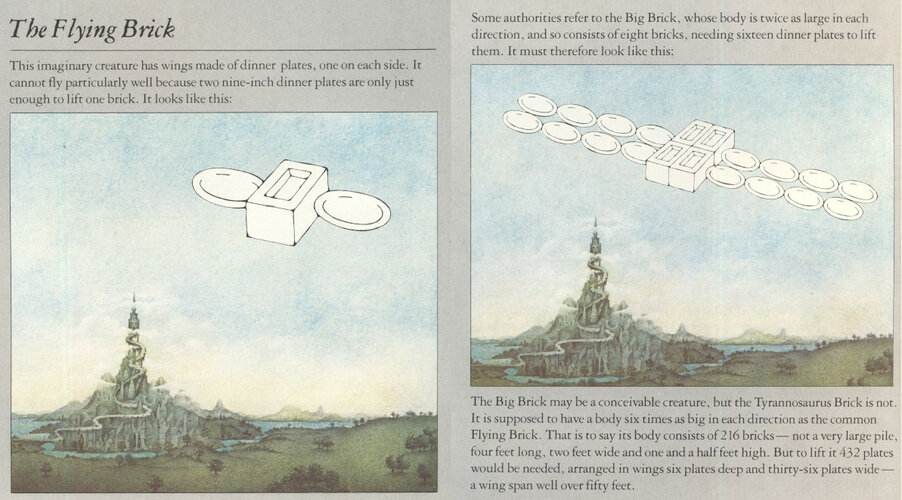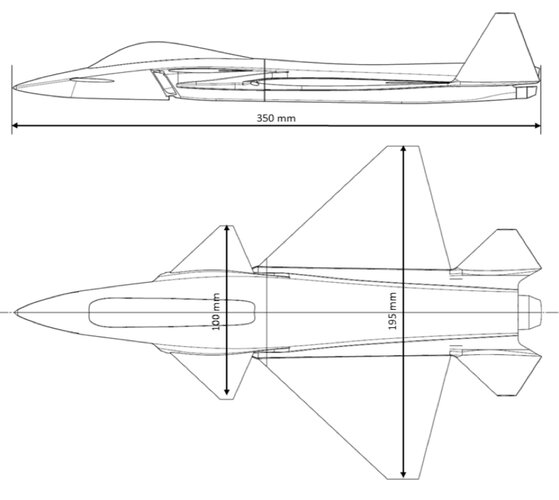Starting a discussion on Loyal Wingmen and whether the same platform could be derived into piloted aircraft for advanced training or light combat missions.
- We know that the USAF wants larger, higher performance Loyal Wingmen (vs. the MQ-28 Ghost Bat or XQ-58 Valkyrie). Presumably this means transonic performance (minimum Mach 0.8-0.9), and ideally supersonic performance (Mach 1.2-1.4?) for air-to-air, penetration & interdiction missions, with good survivability and sufficient internal weapons (2x AAMs or 4x 125kg class SDBs or equivalent?). Other air forces are likely to follow the same path in order to complement their expensive 6th generation fighters.
- The USAF are willing to pay 1/3rd the cost of an F-35, i.e. $20M+... much more than the <$10M being advertised for Valkyrie and other simpler/slower/smaller platforms... so this is no longer meant to be an attritable aircraft, though high loss rates will be acceptable.
- All-in-all, this means that these Loyal Wingmen will start to overlap with manned jet aircraft, especially advanced trainers / light combat aircraft like the T-50/FA-50, in terms of performance / cost / non-attritability etc. Can one platform cover both roles?
- We know that the USAF wants larger, higher performance Loyal Wingmen (vs. the MQ-28 Ghost Bat or XQ-58 Valkyrie). Presumably this means transonic performance (minimum Mach 0.8-0.9), and ideally supersonic performance (Mach 1.2-1.4?) for air-to-air, penetration & interdiction missions, with good survivability and sufficient internal weapons (2x AAMs or 4x 125kg class SDBs or equivalent?). Other air forces are likely to follow the same path in order to complement their expensive 6th generation fighters.
- The USAF are willing to pay 1/3rd the cost of an F-35, i.e. $20M+... much more than the <$10M being advertised for Valkyrie and other simpler/slower/smaller platforms... so this is no longer meant to be an attritable aircraft, though high loss rates will be acceptable.
- All-in-all, this means that these Loyal Wingmen will start to overlap with manned jet aircraft, especially advanced trainers / light combat aircraft like the T-50/FA-50, in terms of performance / cost / non-attritability etc. Can one platform cover both roles?
Last edited:

